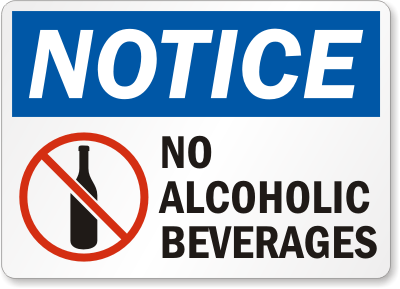What is Brick 26?
It is a nonprofit organization that raises funds to aid and assist all Long Island Veterans with various needs, especially those Veterans returning from Iraq and Afghanistan. As part of its fundraising efforts, BRICK 26 is planning an August 4th 10K race in Eisenhower Park. Each participant will carry at least one brick as a symbolic weight for all that our soldiers have carried for us through their service. At the conclusion of the race, the bricks will be collected with a plan to build a monument to Veterans at a Long Island college.
It is a nonprofit organization that raises funds to aid and assist all Long Island Veterans with various needs, especially those Veterans returning from Iraq and Afghanistan. As part of its fundraising efforts, BRICK 26 is planning an August 4th 10K race in Eisenhower Park. Each participant will carry at least one brick as a symbolic weight for all that our soldiers have carried for us through their service. At the conclusion of the race, the bricks will be collected with a plan to build a monument to Veterans at a Long Island college.
As the sister of a Sergeant in the United States Marine
Corps, who has done two tours in Iraq, I think this is an excellent way to not
only bring the school community together to make a difference, but to encourage
students to be active. My brother is responsible for going around to the
several schools and collecting the money at an assembly where he presents to
the students. One school in Long Island in particular, Sunrise Drive Elementary
School in Sayville, has done great efforts in supporting the cause through
their Project 26. To raise awareness among children for this worthy cause,
Sunrise Drive’s Student Council asked the fellow students to bring in $0.26
each. The students found ways to fund their donations for this project by
holding bake sales, recycling bottles and cans, digging in their couches, piggy
banks, and earning money through chores. After collecting $916.82, the Sunrise Drive
students presented their donation to my brother, Veteran Marine, Sgt. Jeffery
Matassa. Sunrise Drive collected the most per student of all participating
schools. As a result, the school’s name will appear both on one of the bricks
being carried as well as on the back of the event t-shirt.










